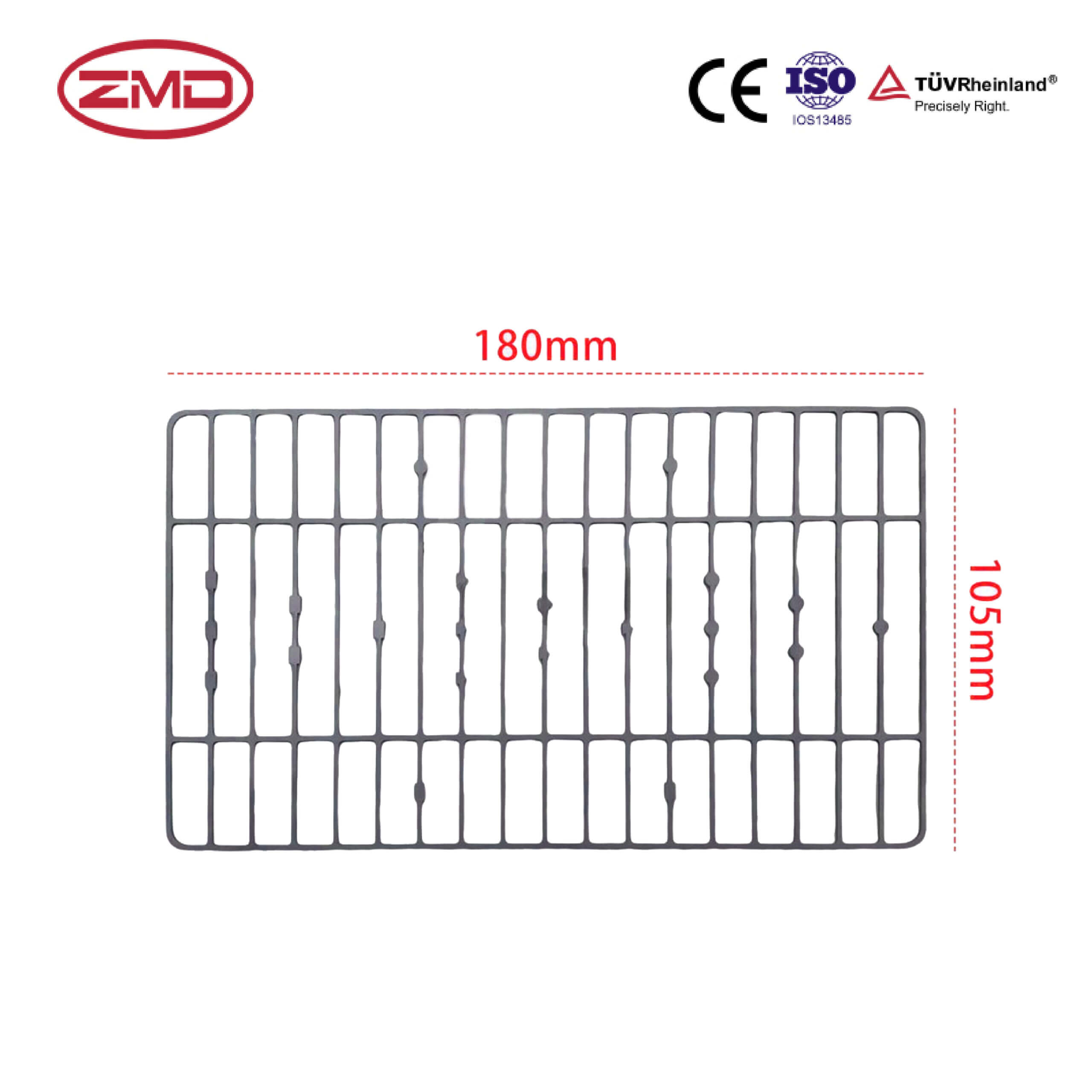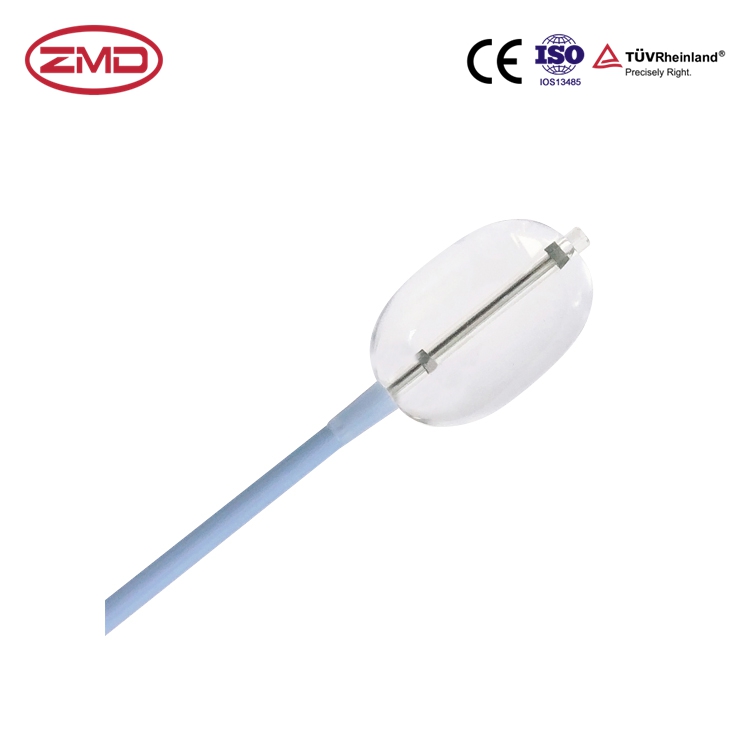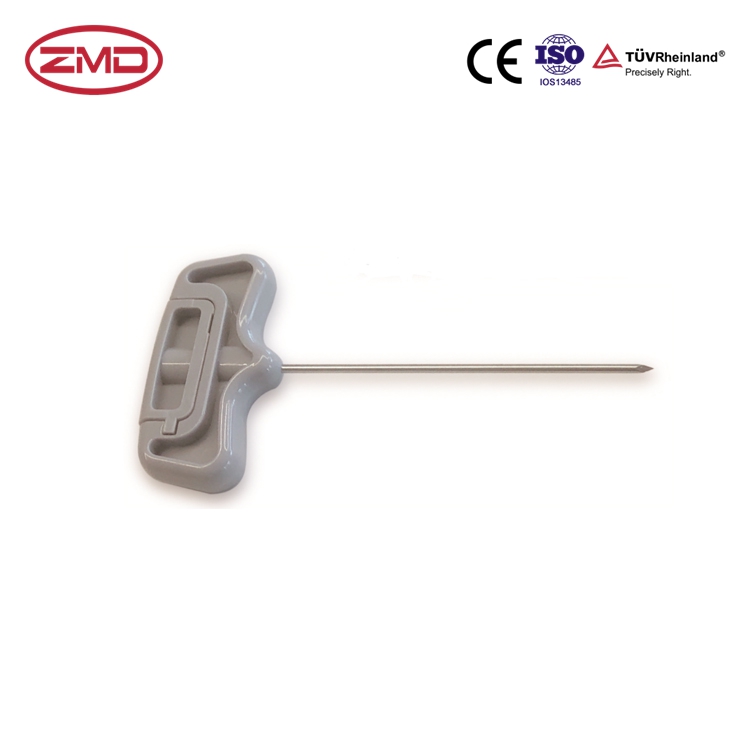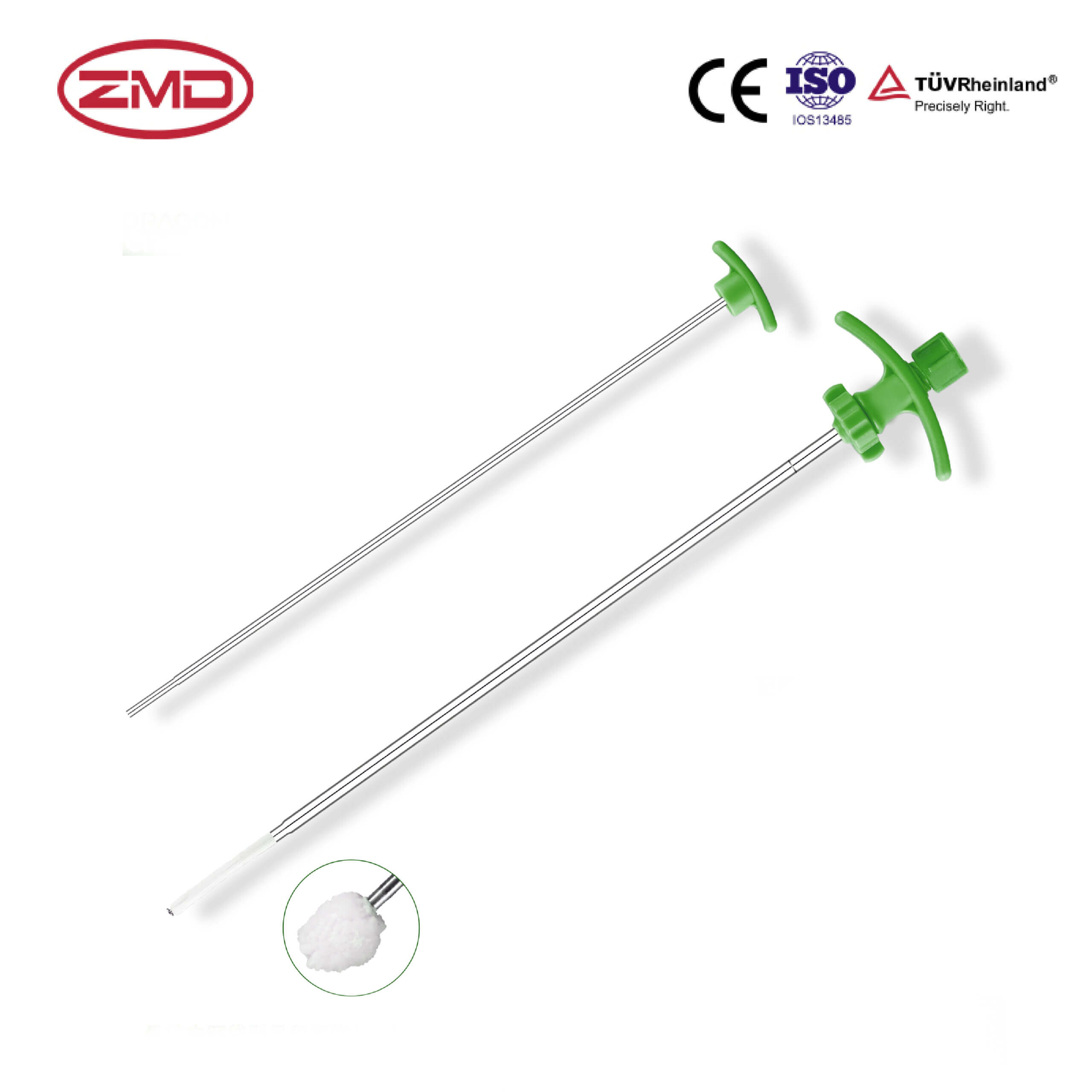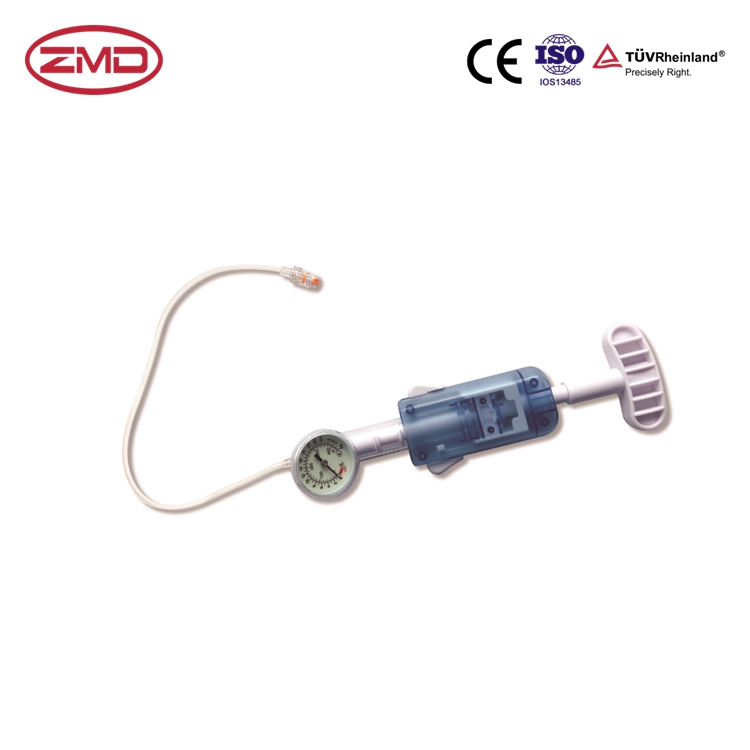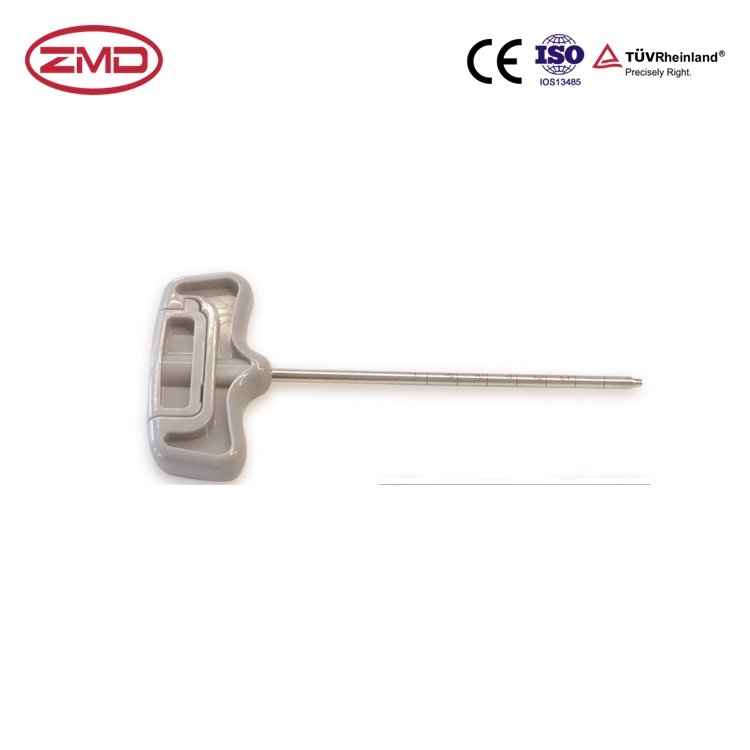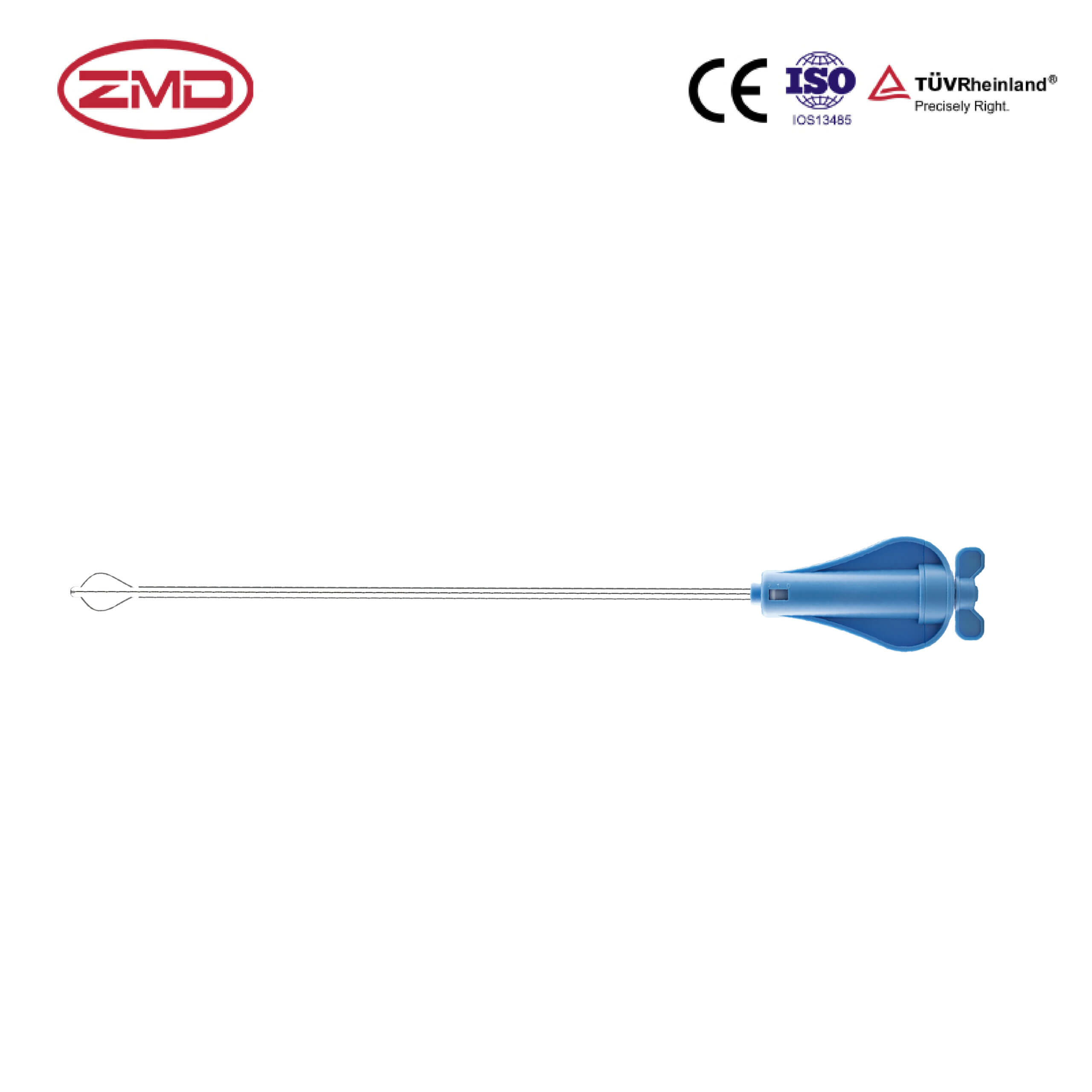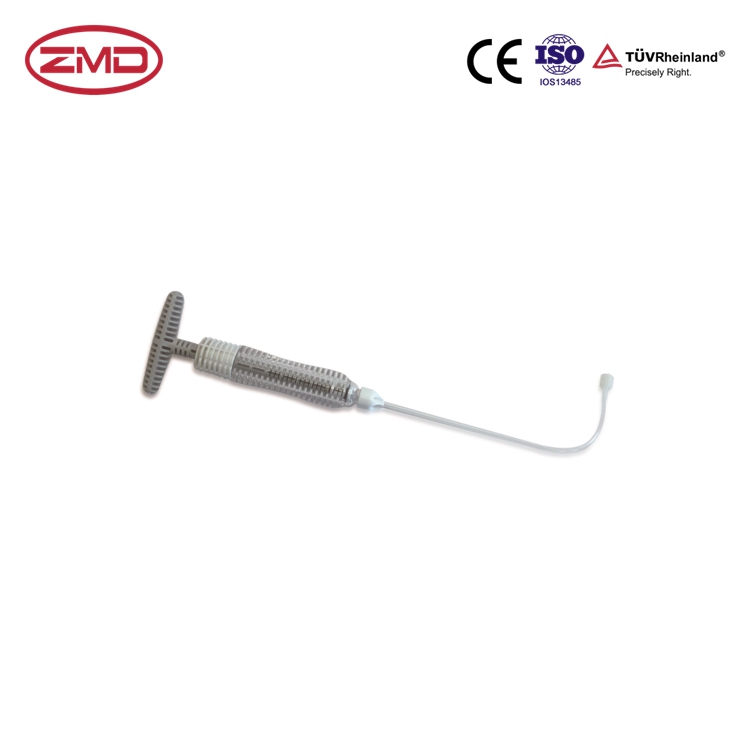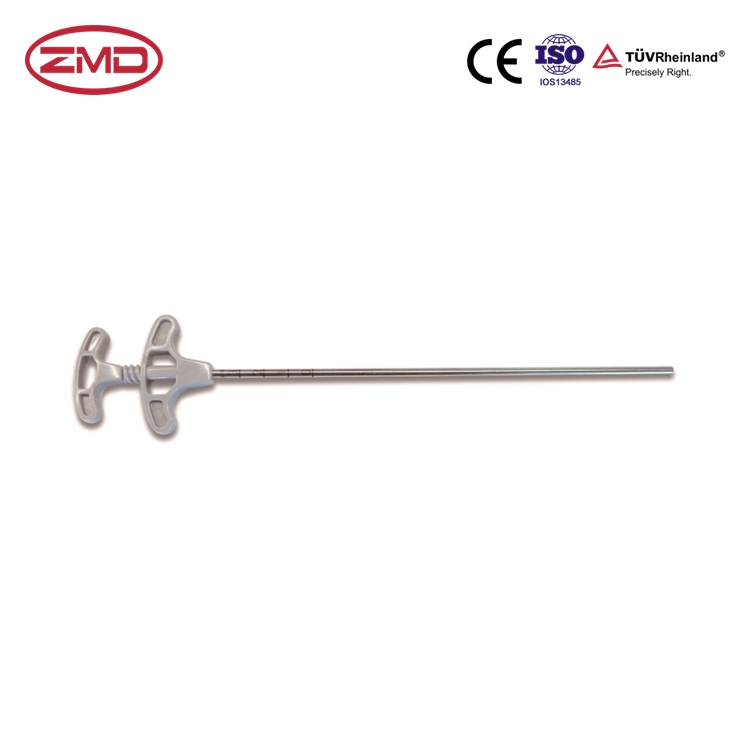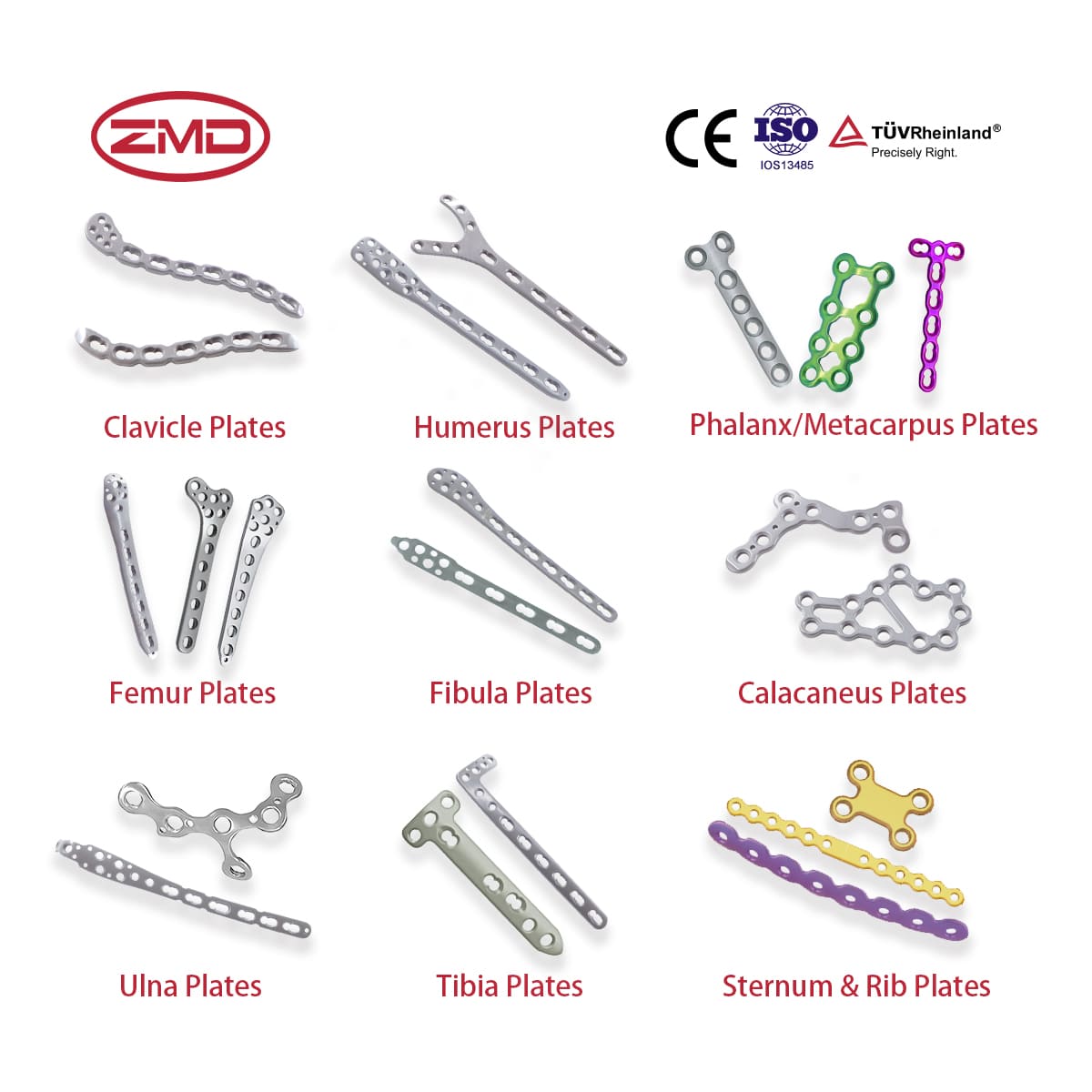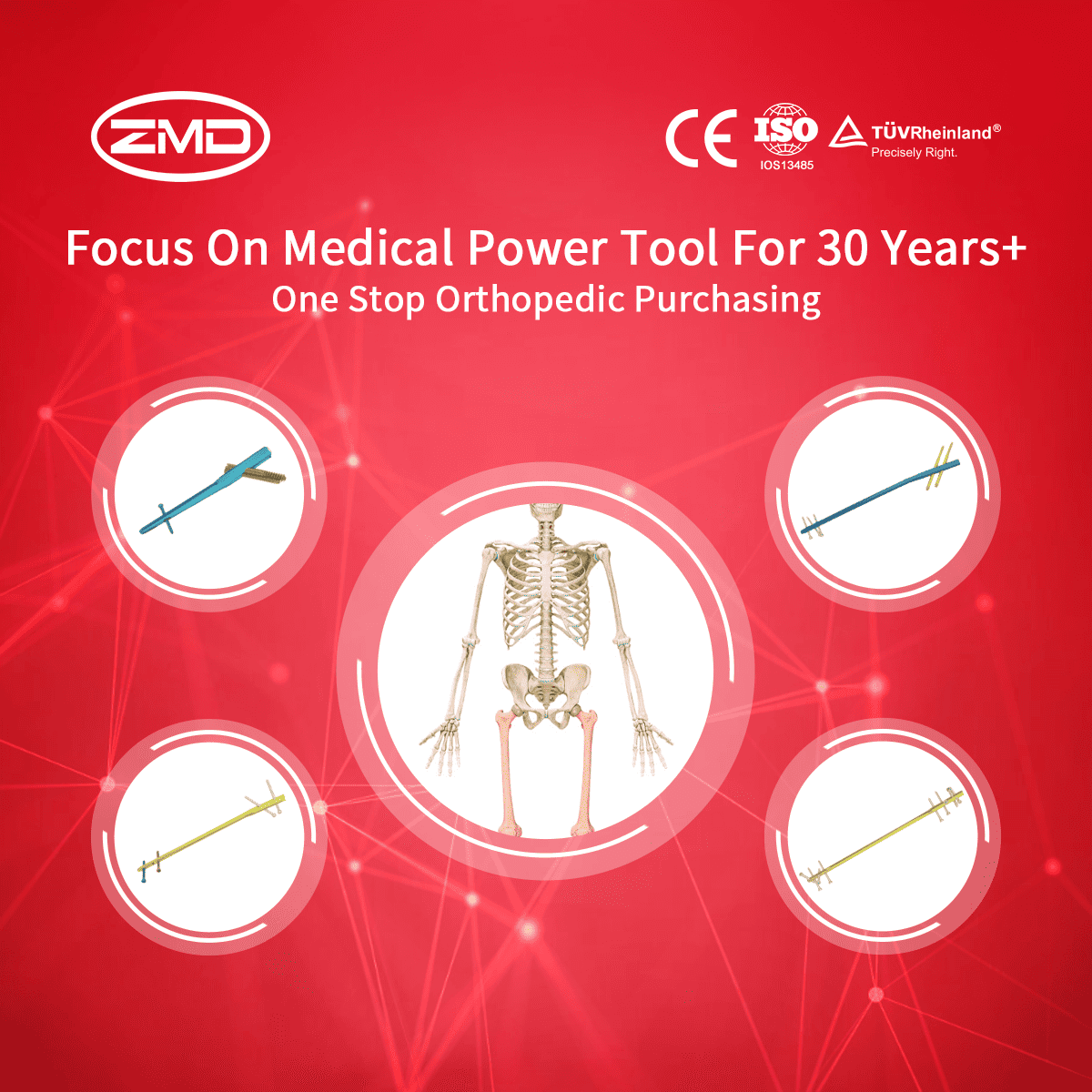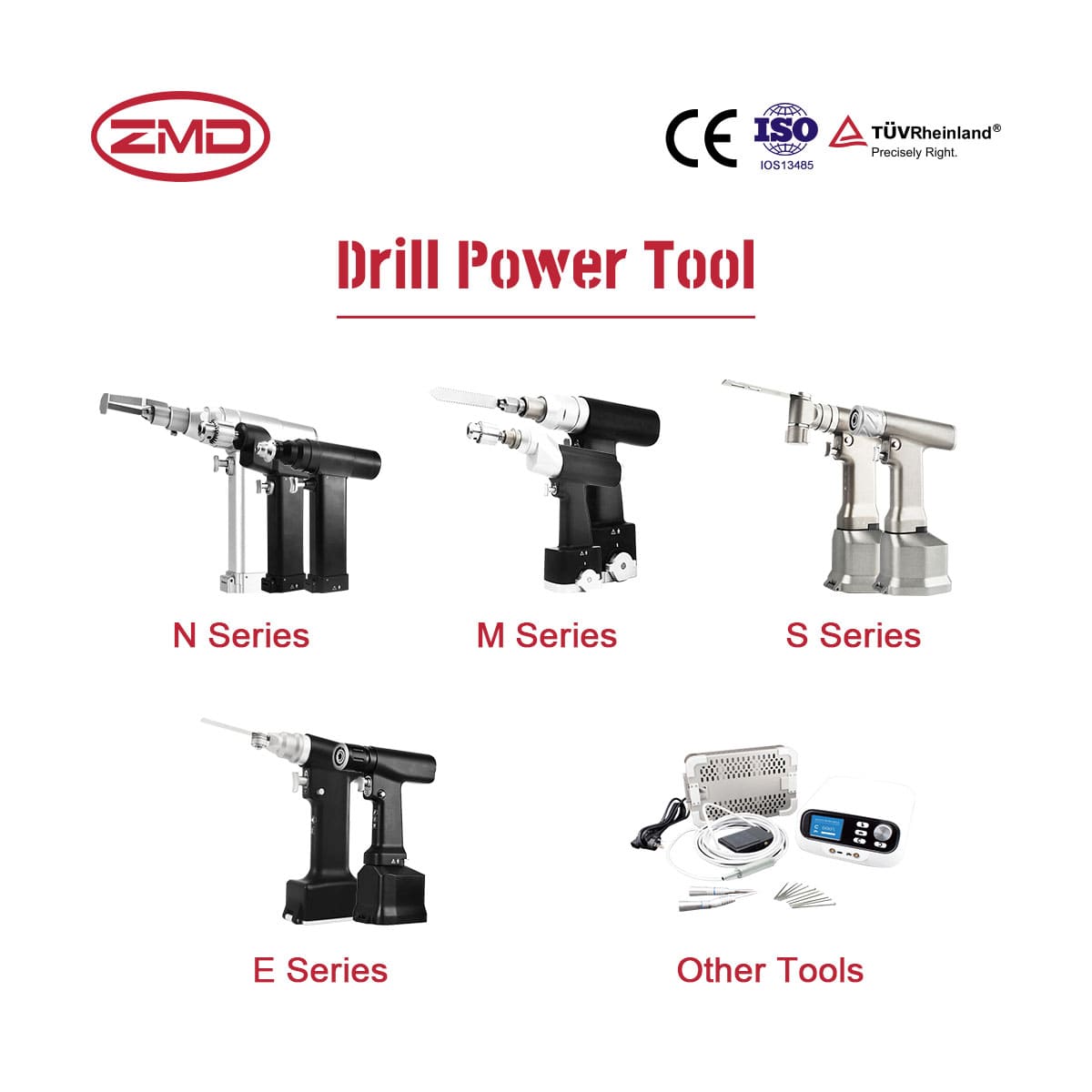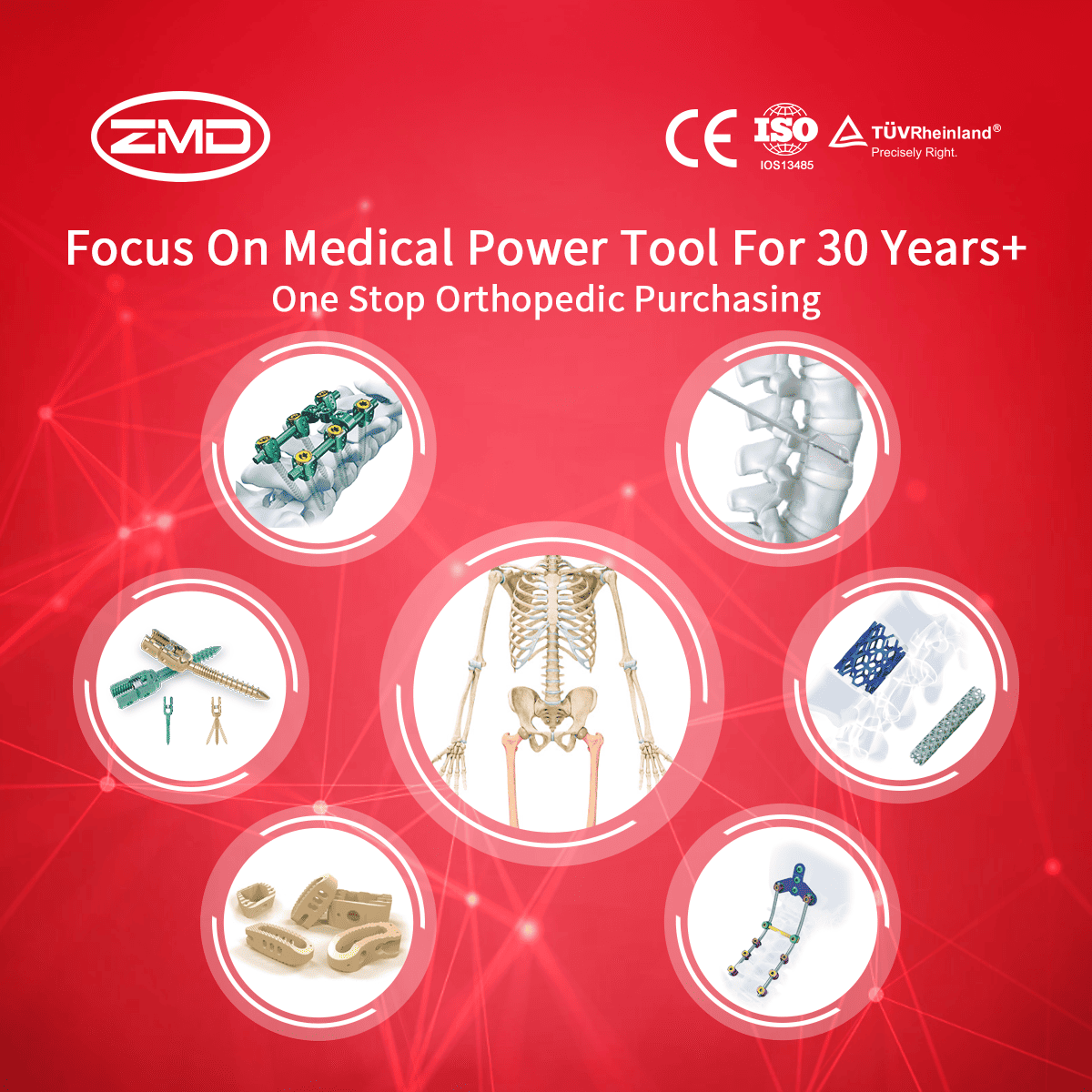Percutaneous Vertebroplasty and Kyphoplasty
ZMD
Orthopedic Products
Haven't been able to locate the product you're searching for yet?
If you're interested in more orthopaedic implant products, feel free to get in touch with our ZMD consultants.
What Are Percutaneous Vertebroplasty and Kyphoplasty?
Percutaneous vertebroplasty and kyphoplasty are two minimally invasive techniques that play a crucial role in the treatment of painful vertebral compression fractures (VCFs). VCFs involve fractures in the vertebral bodies that form the spinal column.
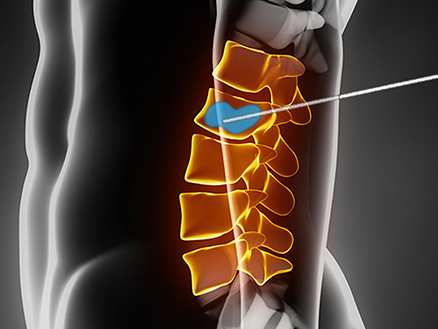
Percutaneous Vertebroplasty (PVP)
Kyphoplasty
Products Used in Percutaneous Vertebroplasty and Kyphoplasty
- PVP Balloon: This is a small balloon that plays a crucial role in kyphoplasty. It is inserted into the fractured vertebra, and when inflated, it creates a cavity. This cavity then provides a suitable space for the bone cement to be placed, ensuring better distribution and fixation of the cement within the vertebra.
- Puncture System: This system is essential for initiating the procedures. It is used to make a small hole in both the skin and the bone. This hole serves as the access point that allows for the subsequent insertion of the needle (in PVP) and the balloon (in kyphoplasty). Without a proper puncture system, it would be impossible to carry out these minimally invasive procedures accurately.
- Bone Cement Injection System: As the name suggests, this system is designed specifically to inject bone cement into the fractured vertebra. It ensures that the bone cement is delivered precisely and in a controlled manner into the targeted area within the vertebra, enabling effective stabilization of the bone.
- Filling System: This system is responsible for mixing and then delivering the bone cement. It ensures that the bone cement has the right consistency and composition before being injected. A proper filling system is vital as it directly impacts the quality and effectiveness of the bone cement in providing the necessary stabilization and pain relief in the fractured vertebra.
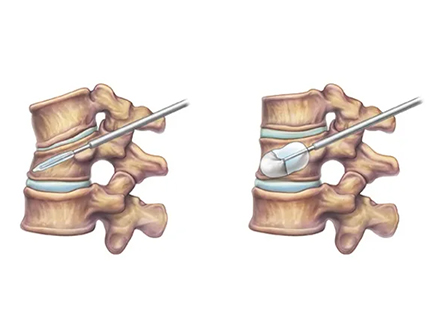
When Are Percutaneous Vertebroplasty and Kyphoplasty Needed?
Percutaneous vertebroplasty (PVP) and kyphoplasty are indeed remarkable minimally invasive procedures that have proven to be highly beneficial for those dealing with vertebral compression fractures (VCFs). VCFs can have a substantial impact on a person’s life. When they occur, often as a result of osteoporosis, where bones become weak and brittle due to a loss of bone density, or because of tumors that affect the structural integrity of the vertebrae, or following trauma like a fall or an accident, the consequences can be quite severe.
Experience severe pain due to VCFs
Have osteoporosis and are at risk of additional fractures
Exhibit vertebral deformity or kyphosis (hunchback)
Require a quick recovery
Are not suitable for open surgery
Blog
International Women’s Day: Salute to the “She – Power” at ZMD
International Women’s Day: Salute to the “She – Power” at ZMD Amid the trends of “Intelligent Medical Devices” and “Minimally Invasive Medical Technologies”, ZMD thrives
Discover Innovation with Sunan Medical at AAOS
Discover Innovation with Sunan Medical at AAOS The American Academy of Orthopaedic Surgeons (AAOS) Annual Meeting is the premier event for orthopedic professionals worldwide, offering
Visit Us at Expomed Eurasia 2025: Discover Sunan Medical’s Innovations
Visit Us at Expomed Eurasia 2025: Discover Sunan Medical’s Innovations The 32nd Expomed Eurasia, taking place from April 24-26, 2025, at the Tüyap Exhibition and

